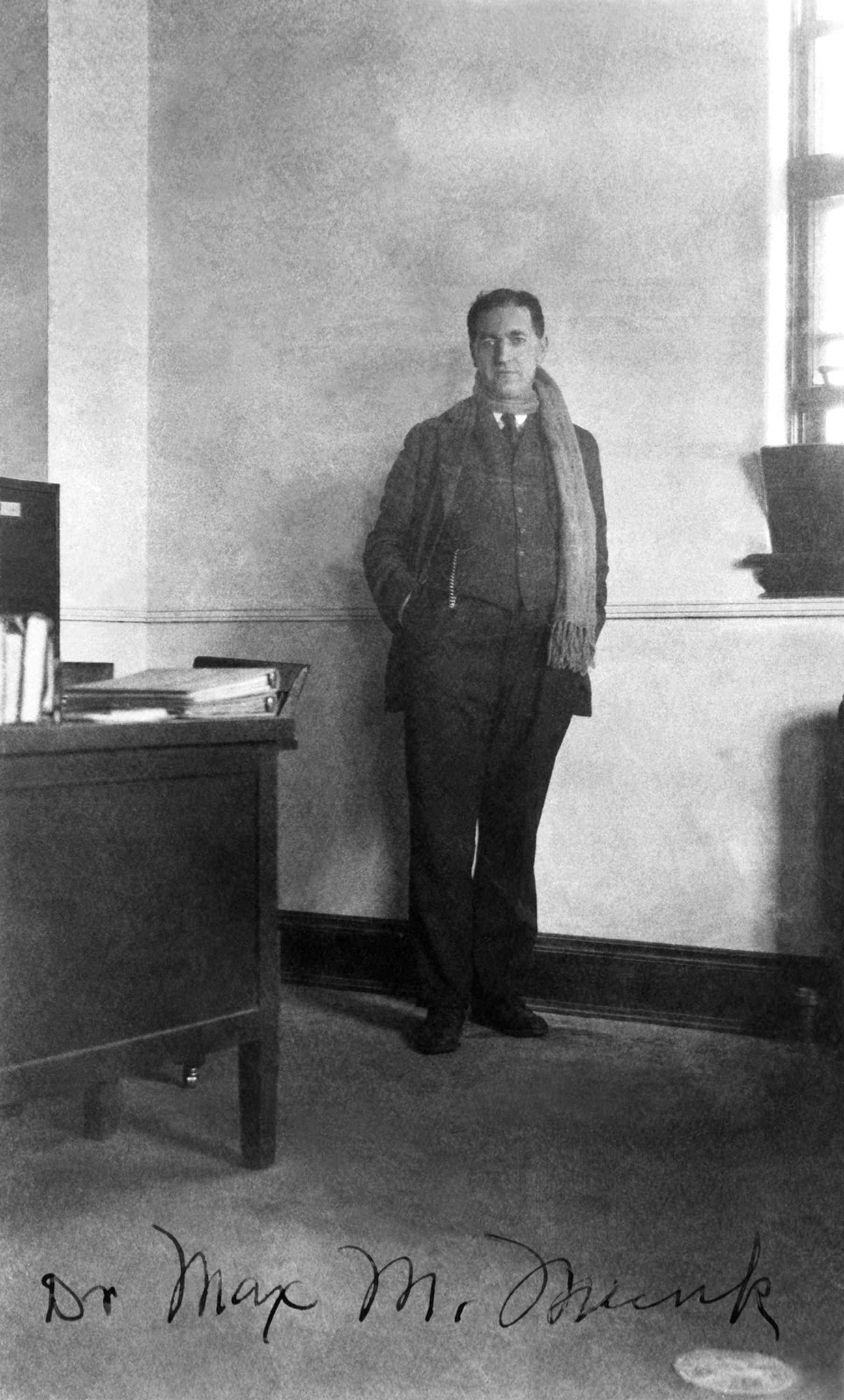Max Munk on:
[Wikipedia]
[Google]
[Amazon]
 Max Michael Munk (October 22, 1890 – June 3, 1986) was a German aerospace engineer who worked for the
Max Michael Munk (October 22, 1890 – June 3, 1986) was a German aerospace engineer who worked for the
 Max Michael Munk (October 22, 1890 – June 3, 1986) was a German aerospace engineer who worked for the
Max Michael Munk (October 22, 1890 – June 3, 1986) was a German aerospace engineer who worked for the National Advisory Committee for Aeronautics
The National Advisory Committee for Aeronautics (NACA) was a United States federal agency that was founded on March 3, 1915, to undertake, promote, and institutionalize aeronautical research. On October 1, 1958, the agency was dissolved and its ...
(NACA) in the 1920s and made contributions to the design of airfoil
An airfoil (American English) or aerofoil (British English) is a streamlined body that is capable of generating significantly more Lift (force), lift than Drag (physics), drag. Wings, sails and propeller blades are examples of airfoils. Foil (fl ...
s.
Education and early career
Munk earned an engineering degree from the Hannover Polytechnic School in 1914 and doctorates in bothphysics
Physics is the scientific study of matter, its Elementary particle, fundamental constituents, its motion and behavior through space and time, and the related entities of energy and force. "Physical science is that department of knowledge whi ...
and mathematics
Mathematics is a field of study that discovers and organizes methods, Mathematical theory, theories and theorems that are developed and Mathematical proof, proved for the needs of empirical sciences and mathematics itself. There are many ar ...
from the University of Göttingen
The University of Göttingen, officially the Georg August University of Göttingen (, commonly referred to as Georgia Augusta), is a Public university, public research university in the city of Göttingen, Lower Saxony, Germany. Founded in 1734 ...
in 1918 with a dissertation on parametric studies of airfoils under Ludwig Prandtl
Ludwig Prandtl (4 February 1875 – 15 August 1953) was a German Fluid mechanics, fluid dynamicist, physicist and aerospace scientist. He was a pioneer in the development of rigorous systematic mathematical analyses which he used for underlyin ...
. Munk's dissertation contained the nucleus of what would become airfoil theory. After World War I, NACA
The National Advisory Committee for Aeronautics (NACA) was a United States federal agency that was founded on March 3, 1915, to undertake, promote, and institutionalize aeronautical research. On October 1, 1958, the agency was dissolved and its ...
(''National Advisory Committee for Aeronautics'' which become NASA in 1958) brought Munk to the United States. President Woodrow Wilson
Thomas Woodrow Wilson (December 28, 1856February 3, 1924) was the 28th president of the United States, serving from 1913 to 1921. He was the only History of the Democratic Party (United States), Democrat to serve as president during the Prog ...
signed orders allowing Munk to come to the United States and work in government. These orders were required since Germany was a recent enemy and Munk had worked briefly for the German Navy.
Career at NACA
Munk began work at NACA in 1920 and proposed building the new Variable Density Tunnel (VDT) which went into operation in 1922. Munk published more than 40 articles with NACA.Thin airfoil theory
Munk is best known for his development of thin airfoil theory, a means of modelling the behaviour ofairfoil
An airfoil (American English) or aerofoil (British English) is a streamlined body that is capable of generating significantly more Lift (force), lift than Drag (physics), drag. Wings, sails and propeller blades are examples of airfoils. Foil (fl ...
s by separating their shape (the " mean camber line") and their varying thickness.Distribution of thickness across the chord, i.e. from front to back of the airfoil This allows separate, and simpler, techniques to model each behaviour. Lift on an airfoil at a given angle of attack
In fluid dynamics, angle of attack (AOA, α, or \alpha) is the angle between a Airfoil#Airfoil terminology, reference line on a body (often the chord (aircraft), chord line of an airfoil) and the vector (geometry), vector representing the relat ...
may be assumed to depend on the camber alone, and could be modelled by the numerical techniques of the period. Drag depends on the thickness of the airfoil and requires an understanding of viscous flow, which was beyond contemporary capabilities. Munk’s thin airfoil technique was introduced in 1922 and remained the major theoretical design technique until the development of laminar flow
Laminar flow () is the property of fluid particles in fluid dynamics to follow smooth paths in layers, with each layer moving smoothly past the adjacent layers with little or no mixing. At low velocities, the fluid tends to flow without lateral m ...
airfoils in the 1930s.
See also
*References
Further reading
*External links
* * {{DEFAULTSORT:Munk, Max Munk, Max University of Göttingen alumni German emigrants to the United States 1890 births 1986 deaths National Advisory Committee for Aeronautics Scientists from Hamburg